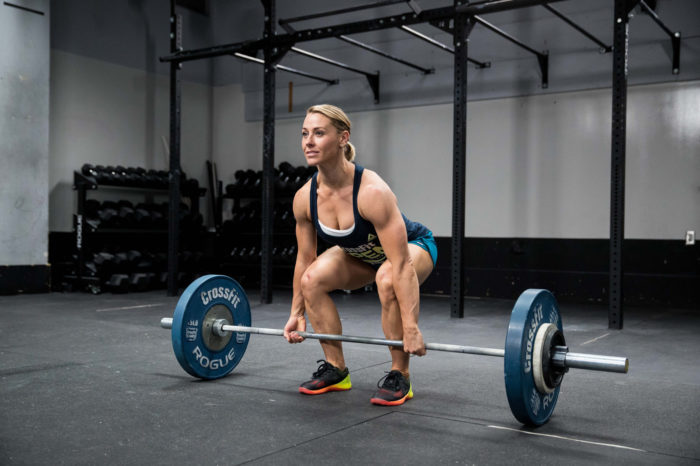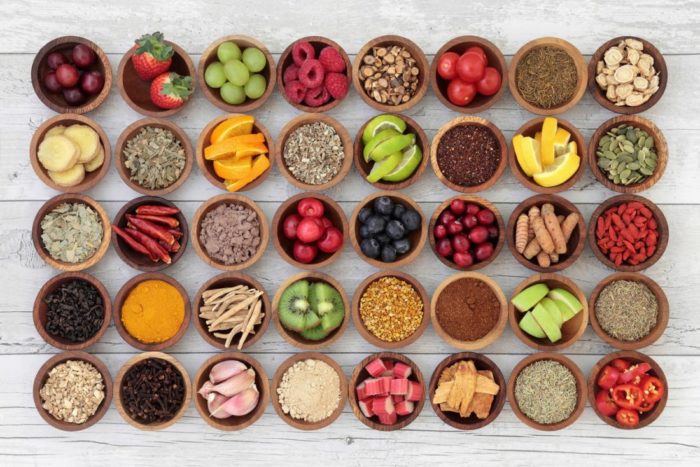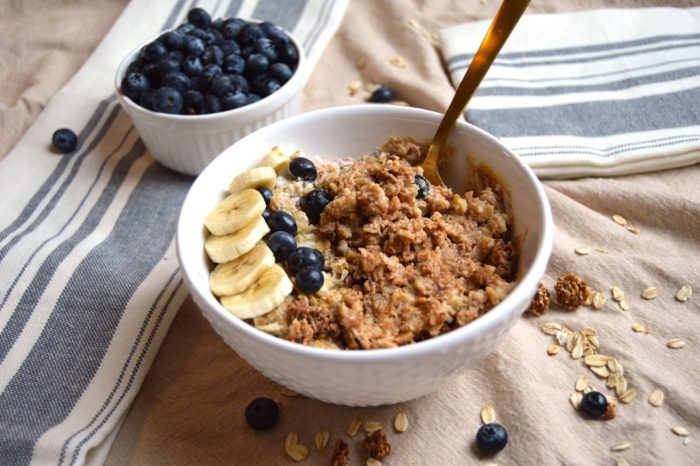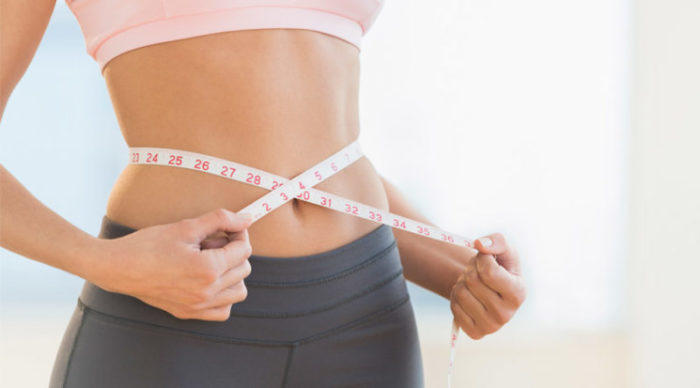
Is Weight Training Better Than Cardio for Fat Loss?
Since the dawn of time weekend warriors and fat-loss fiends have turned to cardio to shed unwanted pounds. However, weight training for fat loss might be the better option.
We know, it’s a big claim, but we’ve got the knowledge to back it up.
Now, don’t lose it, we’re not telling you to get rid of cardio altogether, especially if you enjoy it. No doubt it’s good for you and it will contribute to your fat loss journey, but we’re training smart here. By altering the way you utilize cardio and building muscle, you can get incredible results.
The fact is, cardio will shrink you down and make you smaller. Sounds good right? Not if you’re trying to maintain your shape, grow stronger and build your dream physique. By just hitting long-ass cardio sessions, you’ll become soft and skinny at the cost of hard-earned muscle.
Don’t fall for that girl. The science shows that growing and maintaining muscle is essential to keeping your body burning fat in the long run. On top of that, a little muscle will improve your overall health, make you feel stronger and more confident, and it’ll help you achieve a gorgeous, curvy physique.
One of the main points we’ll cover in this article is that more muscle burns more calories and more fat. Find out how to perfect fat loss and read on.
Article preview:
- What’s the science say?
- Metabolic strength training workouts
- Should I do any cardio?
- Nutrition

What’s the science say?
To get a full understanding of how your body burns calories and fat, we need to delve into the science behind it all.
Let’s start with how to lose weight and, luckily, it’s pretty simple girl. To lose weight your body needs to be in a calorie deficit. That means you need to burn more calories than you consume through activity or just existing.
You can do this in one of two ways. Either lower the calories you’re eating, or keep your calories the same and increase the amount of activity you’re doing until you’re burning more than your intake.
The science behind weight training for fat loss
When we talk about weight training for fat loss, we’re not referring to body building training. Although these girls look amazing and have their physiques nailed, it isn’t the best weight training routine for fat loss. You should be focusing more on metabolic strength training instead.
Although bodybuilding will have an impact on your metabolic functions, it’s not optimized for the purpose of fat loss. This metabolic strength training is designed to help you maximize your caloric expenditure, not only during a workout, but also for days after.
But how does metabolic weight training for fat loss work we hear you cry. This is how these types of workouts get the job done.
[Related Article: The Best Fat Burner Supplements for Women]

They’re intense
All metabolic strength workouts should be intense. Whether that’s lifting heavy, or lifting lighter loads at a quicker rate, you’ll be working hard and maxing out with every movement. We’ll let you in on a secret girl, the higher the intensity, the greater the metabolic impact.
They’re full body
When you train for metabolic impact, you need to utilize your entire body. By working your upper body, lower body and core muscles, you’re burning more calories. The more muscles you get in on the action, the more calories you’ll burn.
They don’t ruin your gains
If you don’t use it, you lose it. By using a metabolic weight training program, you’re telling your body you need the muscles you have, and it will target fat first and foremost. A study compared two groups of obese subjects on identical, very low (800) calorie diets. One group was given an aerobic exercise only protocol (walking, biking, or jogging four times per week), and the other group was given resistance training only three times per week.
After 12 weeks, both groups lost weight. The aerobic exercise group lost 37 pounds, 27 of which was fat and 10 of which was muscle. However, the resistance-training group lost 32 pounds, and 32 pounds were fat, 0 was muscle.[1]
[infobox]You can see here that those who were in the resistance training group lost considerably more fat than those who just worked aerobic training.[/infobox]Because they lost muscle mass, it was found that by the end of the process the aerobic group were burning around 210 fewer calories daily. In contrast, the weight training group experienced an increase in resting metabolic rate, so they boosted their ability to burn calories.
Metabolic strength training workouts
We like to keep it simple when it comes to using strength training concepts with the goal of accelerating metabolism in order to lose weight. We’ve got three simple ideas you can use to shape your workouts to achieve fat-burning, metabolism altering results. Check out SpotMeGirl’s two C’s of weight training for fat loss:
Circuits:

A continuous series of exercises where weights are used to stimulate the muscles and add resistance. Alternate your movements between upper and lower body focused movements to employ a range of muscles.
Example circuit workout:
A circuit is when you cycle through each movement, one after the other to complete a full set. Keep the intensity high throughout then rest for a minute between sets. Complete four sets of the exercises listed below and you’ll smash your fat loss goals.
Weighted Squats – 10 reps
Press ups – 15 reps
Walking lunges – 10 reps each leg
Shoulder press – 12 reps
Kettle bell swings – 12 reps
[infobox]Tip: Keep moving and make the movement challenging by using weights to maximize that fat burning potential.[/infobox]
Compound movements:

We’ve said it before, working multiple muscles in one go is the fast track to impacting your metabolic speed and burning more calories. That’s where compound movements come in.
They’re called compound because they get a range of muscle groups firing all at once, which burns more calories and builds more muscle with every moment. By working these regularly and upping the reps to around 10-15 reps over 4-5 sets, you’ll be transforming your bodies metabolic set up.
Example compound movement workouts:
Factor these compound movements into your workouts and breathe new life into your fat loss efforts. They’ll work more muscles for every movement and the higher rep count will drive your metabolism right up.
Perform 3-4 sets of the following movements:
Super set:
Barbell front squats – 12 reps
Shoulder press – 12 reps
Super set:
Bench press – 12 reps
Deadlift – 15 reps
[infobox]Tip: Keep the weights challenging and drill this often for a fat-burning, strength-growing workout.[/infobox]Both of these training concepts are intense, recruit different parts of the body and will help you maintain muscle. By drilling these training techniques three times a week, the fat will drop away, leaving you with a lean bod.
Should I do any cardio?

We’re not trashing all cardio here girl. Certain types of cardio training can complement your fat loss plans whilst maintaining muscle, while others can leave you looking for the muscle you crafted months ago.
Avoid long stints of running or jogging (unless you like it of course). This kind of steady endurance tells your body you don’t need that powerful muscle, in favor of a lighter frame that’s more suited to this kind of exercise.
The best option for you is HIIT training. Check out our article on the benefits of HIIT and discover how it can support muscle and burn fat faster than you can say high intensity interval training.
[Related Article: HIIT Workout Plan for Weight Loss]
Nutrition
If the key to fat loss is burning more calories than you eat, then the best way to get the results you want is taking a two-pronged approach. Drill your metabolic training in the gym and reinforce all that hard work in the kitchen with the perfect nutrition.

The first part of figuring out your nutrition plan is to pin down how many calories your body uses when at complete rest. This is called your basal metabolic rate (BMR) and is based on your height, weight and age. Once you have this, you’ll know how many calories you need to exist.
From there, you can work out how many calories you need to consume to lose, maintain or gain weight. If you’re here for fat loss, then we recommend you drop your calories between 10-20% to safely lose weight.
Once you’ve got that nailed, you need to find out more about your macros.
What are macronutrients?
Everything you eat is made up of three macronutrients: protein, carbohydrates and fats. Without these three things in your diet, we’d die.
It’s safe to say they’re pretty essential, and the more you know about them and how to use them to your advantage the more you’ll benefit from every workout.
Protein
Protein helps you build and repair muscle. This means it’s key to helping your grow and maintain muscle as you work your way through your weight training for fat loss sessions.
In each of these workouts you’ll be lifting challenging loads and putting your body under strain, which breaks down the micro fibers within your muscles. Protein is the building blocks that grows your muscles and makes you stronger.
Carbohydrates
Carbohydrates give you energy. Not just enough energy to power through your workouts, but also to keep your body energized enough to perform it’s basic functions.
Now, when it comes to fat loss, carbs get a bad rep. Low carb diets are everywhere claiming they can make you lose weight quickly. They can, but not safely. If you want to work out and train weightlifting you’re going to need carbs in your life.

The trick is choosing the one that’s best for you and your training program. The general rule is that the best kind of carb is the complex kind. As the name suggests, they’re made up of long, complicated strings on a cellular level. This is good because it takes your body a while to break down these cells, giving you a prolonged release of energy. Perfect if you’re about to hit a long weights session.
In contrast, simple carbs are made up of shorter chains that will give you a short sharp energy boost and a very quick crash. Not great if you want to smash a new PB, but your energy levels fall short.
Fats
Fats are essential to keeping your body ticking over well. From helping you absorb vitamins and minerals, to helping hormones regulate your internal processes, you need fat to stay healthy.
Now you know what they do, you need to get the perfect ratio of these macronutrients in your body to get the maximum benefit. The best way to do this is to check out our article on the IIFYM balanced diet.
When you’ve planned your diet around this, you’ll be nourishing your body to power you through workouts, grow muscle and help you slay your fat loss goals.
Final Word:
Now you know all about weight training for fat loss, you’re ready to hit the gym and drop the pounds like crazy.
By modifying the way you train and the movements you drill, you can prime your body to burn more fat, not only when you work out but even when you’re sat at your desk the next day. Pair that with a carefully balance food plan and you’ve got everything you need to burn fat.
Discover the incredible results of weight training for fat loss and try it out for yourself.
Inspired? Check out these other articles that will help you kick-start your fitness journey:
- Your Guide to the Anabolic Window
- The Best Deadlift Form – Everything a Girl Needs to Know
- Powerlifting vs Bodybuilding for Women
References:
[1] Randy W. Bryner, Irma H. Ullrich, Janine Sauers, David Donley, Guyton Hornsby, Maria Kolar & Rachel Yeater (1999) Effects of Resistance vs. Aerobic Training Combined With an 800 Calorie Liquid Diet on Lean Body Mass and Resting Metabolic Rate, Journal of the American College of Nutrition, 18:2, 115-121, DOI: 10.1080/07315724.1999.10718838



